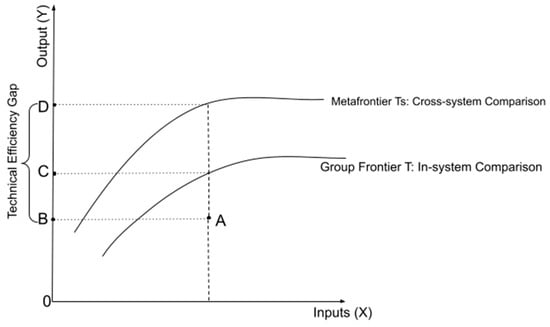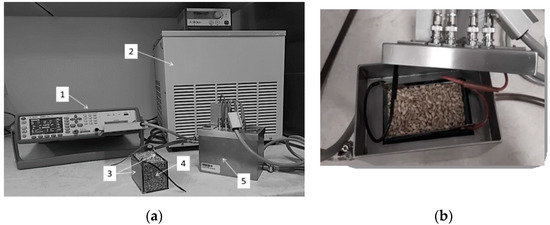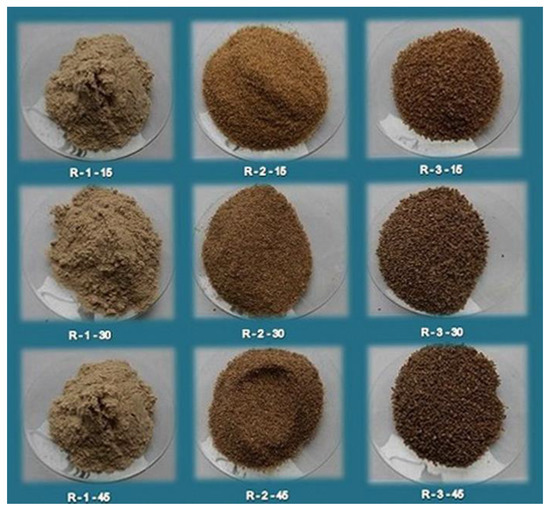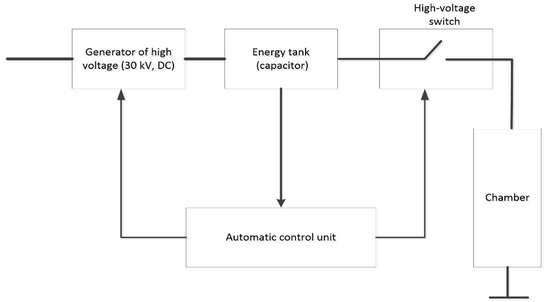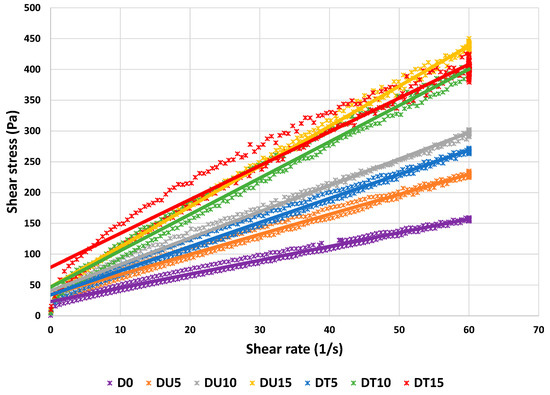Sustainable Food Production: Challenges, Opportunities and Advancements
A topical collection in Sustainability (ISSN 2071-1050). This collection belongs to the section "Sustainable Food".
Submission Status: Closed | Viewed by 32856Editor
Interests: valorisation of food industry by-products; development and improvement of food production and food products; food extrusion; starch modification; chocolate
Special Issues, Collections and Topics in MDPI journals
Topical Collection Information
Dear Colleagues,
The food industry is one of the most important branches of national economies in the European Union as well as in the world in general, and it plays a central role in the processing of agricultural raw materials and in the food supply. While in the past it was a struggle for people to find their daily meals, and only local and seasonal products were consumed, nowadays, people in the Western world are surrounded by different types, qualities, and prices of food products. Furthermore, the situation has changed drastically, especially in the 20th century, as a result of civilization, industrialization, technological innovations, mechanization, and economic growth, as well as an increasing global population. Until the end of the 20th century, the prevalent policy was mainly to increase food production without improving the efficiency of the food systems. This fact caused an increase in food loss and food waste, such that the amount of lost or wasted food is now 1.3 billion tonnes globally each year. This situation has triggered a series of environmental challenges that may threaten human survival. Climate change, loss of biodiversity, accumulation of waste, resource depletion (water, fossil fuels, etc.), growing disease pandemics, and the modification of natural ecosystems are some of the results of human activities. The agri-food industry is one of the world’s largest industries and is responsible for 25% of the total emissions of greenhouse gases. Therefore, improving food production systems is one of the major actions that needs to be done urgently to reduce the global impacts on the environment. Recently, three main innovation directions for future food systems were highlighted: 1) sustainability and higher efficiency—production at the lowest possible cost; 2) innovation opportunity, which refers to new scientific and technical approaches in food processing and the introduction of novel foods; and 3) the development of functional foods focused on post-consumption health and well-being.
This Special Issue, titled “Sustainable Food Production: Challenges, Opportunities, and Advancements”, focuses on reviews and original research articles regarding all aspects of sustainable food production. Sustainable techniques and processes, sustainable packaging, life cycles of products, food waste/by-product valorization, the reduction of waste, energy efficiency, renewable energy sources, sustainability, and higher efficiency are all examples of topics that may be included in this Special Issue. However, papers on other aspects of sustainable food production are also welcome.
Dr. Antun Jozinović
Guest Editor
Manuscript Submission Information
Manuscripts should be submitted online at www.mdpi.com by registering and logging in to this website. Once you are registered, click here to go to the submission form. Manuscripts can be submitted until the deadline. All submissions that pass pre-check are peer-reviewed. Accepted papers will be published continuously in the journal (as soon as accepted) and will be listed together on the collection website. Research articles, review articles as well as short communications are invited. For planned papers, a title and short abstract (about 100 words) can be sent to the Editorial Office for announcement on this website.
Submitted manuscripts should not have been published previously, nor be under consideration for publication elsewhere (except conference proceedings papers). All manuscripts are thoroughly refereed through a single-blind peer-review process. A guide for authors and other relevant information for submission of manuscripts is available on the Instructions for Authors page. Sustainability is an international peer-reviewed open access semimonthly journal published by MDPI.
Please visit the Instructions for Authors page before submitting a manuscript. The Article Processing Charge (APC) for publication in this open access journal is 2400 CHF (Swiss Francs). Submitted papers should be well formatted and use good English. Authors may use MDPI's English editing service prior to publication or during author revisions.
Keywords
- sustainable processes
- food waste/by-product valorization
- development of functional foods
- sustainable energy solutions
- sustainability and higher efficiency





